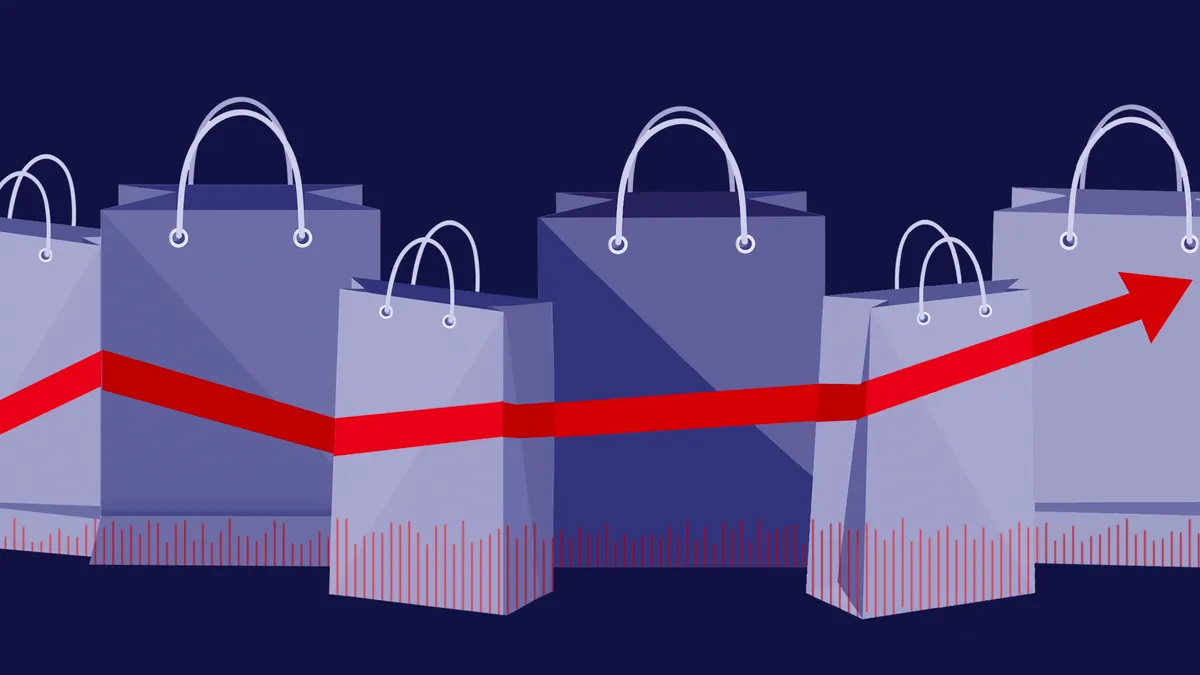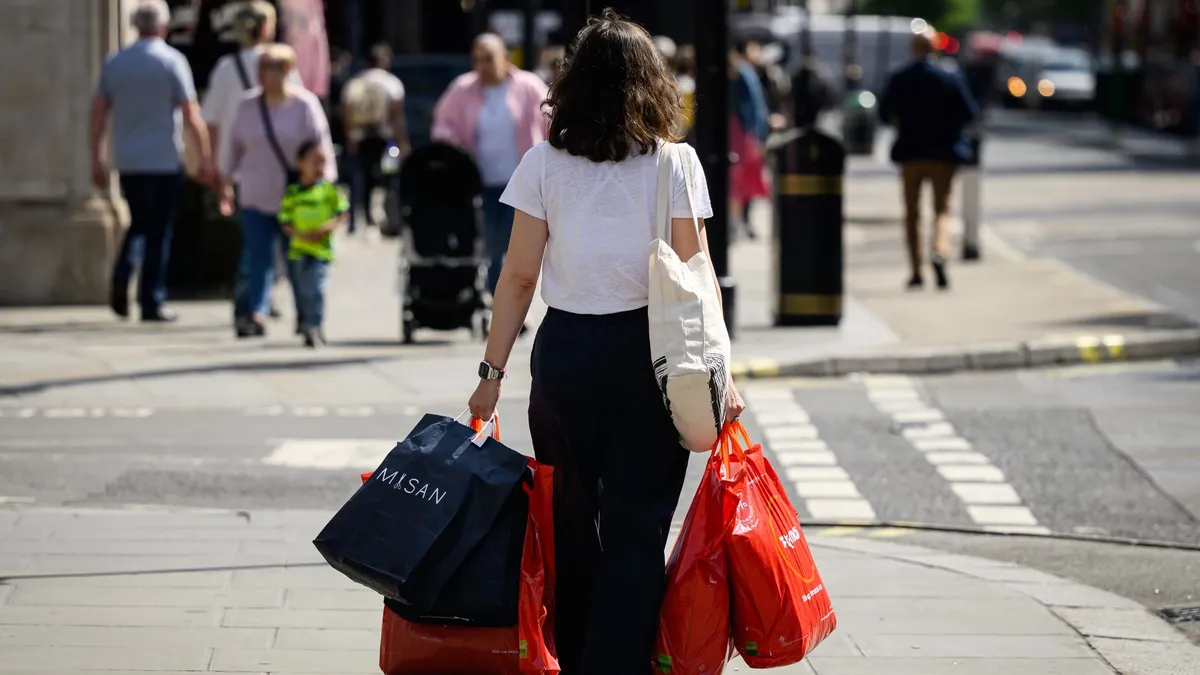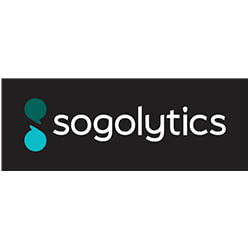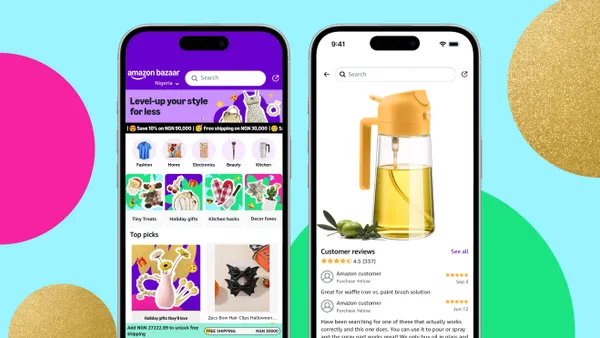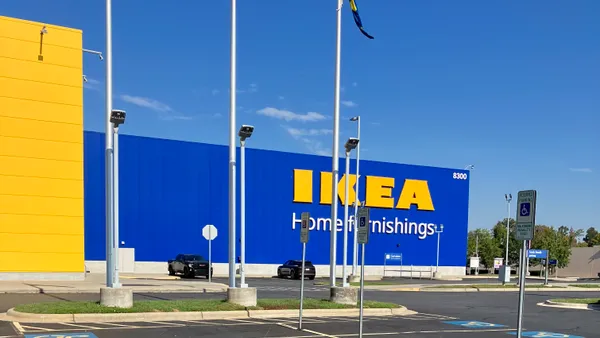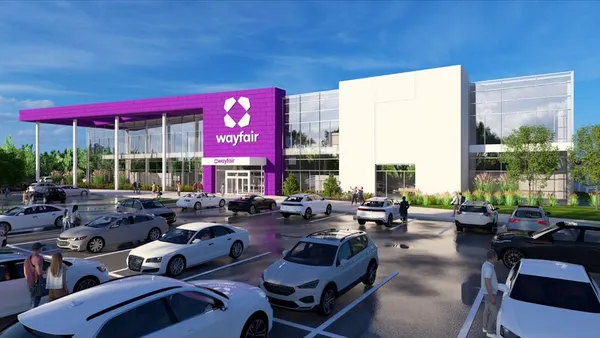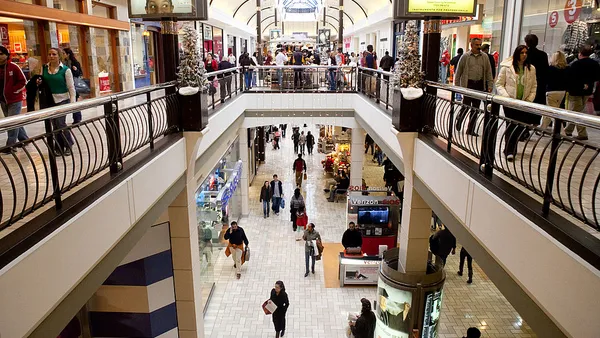Dive Brief:
- Amazon is expanding its stand-alone shopping app, Amazon Bazaar, to shoppers in 14 new markets, the e-commerce giant announced Friday. The retailer plans to offer the app in more markets in the coming months.
- The app is currently available to shoppers in Hong Kong, the Philippines, Taiwan, Kuwait, Bahrain, Oman, Ecuador, Argentina, Costa Rica, the Dominican Republic, Qatar, Jamaica, Peru and Nigeria. While the app is available in English, Spanish, French, Portuguese, German and traditional Chinese, the company also offers multilingual customer support, per the announcement.
- The app offers fashion, home goods and lifestyle products, most of which are priced below $10. The company also offers free returns within 15 days of receiving the items, the announcement said.
Dive Insight:
About a year ago, the company debuted its Amazon Haul experience, a section on its app and website where shoppers could find items priced below $20. With Amazon Bazaar, which is part of the Amazon Haul experience, the company aims to promote its affordable products to shoppers across multiple languages and cultures, the announcement noted.
While nearly 9 in 10 U.S. consumers said they trust Amazon, only 6% said the same of Temu, according to an Omnisend survey released last year. Still, shoppers cited the prices (53%), ease of use (31%) and product markdowns (29%) as the top reasons they shop at Temu, the survey found.
But as Amazon tries to reach budget-conscious shoppers with the Amazon Haul experience, it remains to be seen whether the platform will catch on with U.S. shoppers. Amazon Haul launched a year ago, but as of March, most American consumers hadn’t tried it, another Omnisend survey found. While only 16% of shoppers used Amazon Haul monthly at that point, 23% and 28% of respondents said the same about Shein and Temu, respectively.
Amid its efforts to reach more online shoppers, Amazon’s online business continues to grow. In its third quarter, the company saw its online store sales jump 10% from a year earlier to $67.4 billion, and its brick-and-mortar store sales rose 7% to $5.6 billion.




